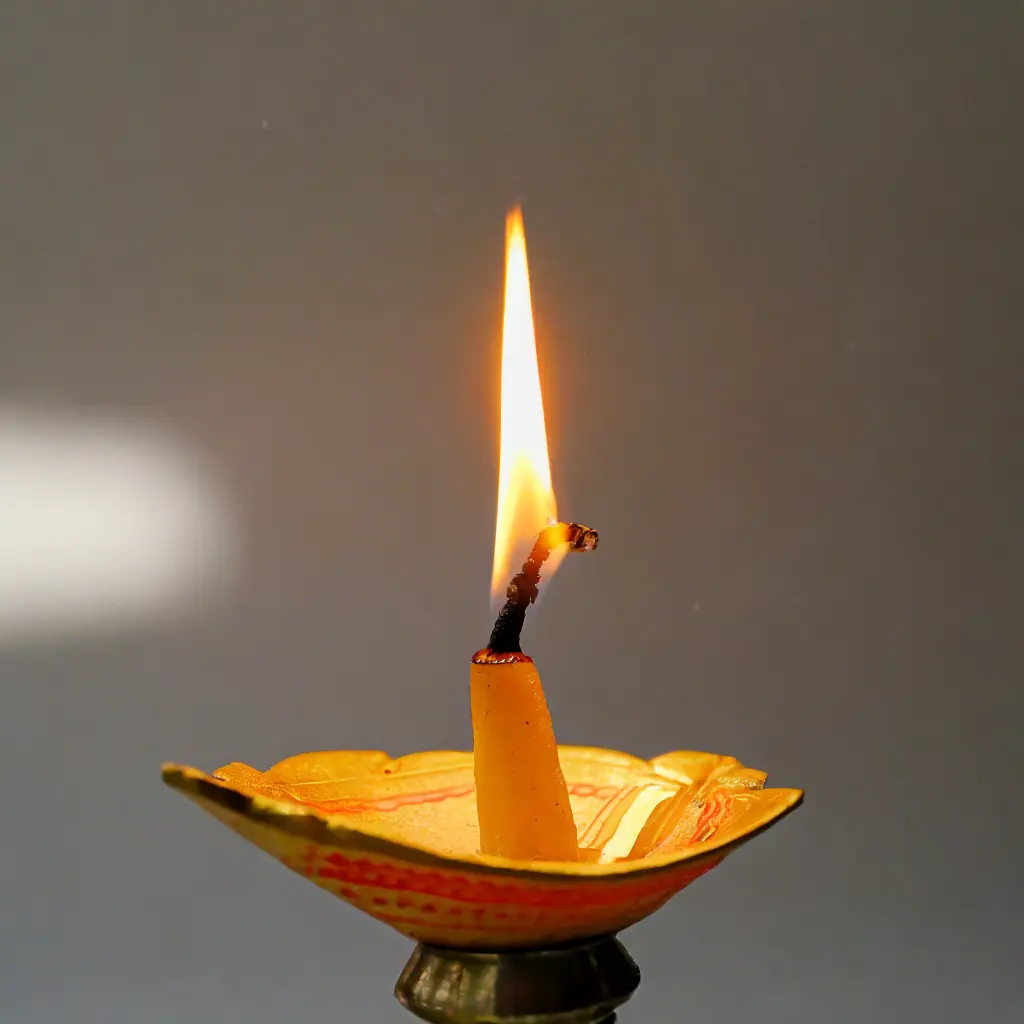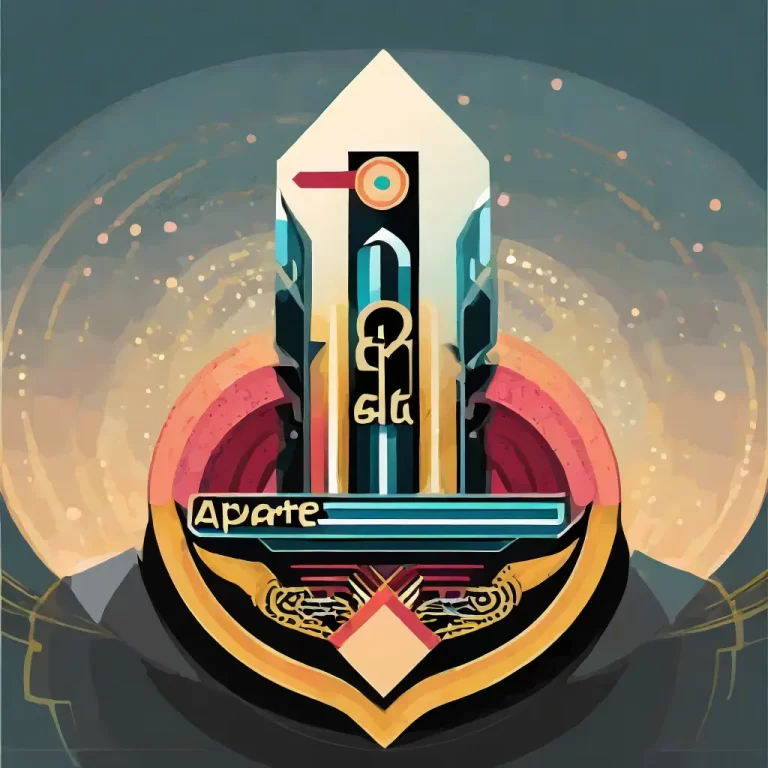What is a Pinning Ceremony?
A pinning ceremony is a special event that marks the completion of a nursing program and the transition from student to nurse. It is a symbolic welcoming of newly graduated or soon-to-be graduated nurses into the nursing profession. The pinning ceremony is not a graduation, as it does not signify the completion of all criteria necessary to earn a nursing degree, although it sometimes recognizes the completion of educational requirements that enable nurses to take their state licensing examinations. The pinning ceremony is often held separately from the school commencement and is considered by many nurses to be more meaningful and memorable than the graduation ceremony. The pinning ceremony is a way of honoring the hard work and dedication of nursing students and celebrating their achievement with their family, friends, and faculty.
The History of the Pinning Ceremony
The history of the pinning ceremony dates back to the 12th century, when monks who cared for injured and ill Crusaders during the Crusades were given a Maltese cross to wear as a badge of honor. This badge is regarded as the first form of a nursing pin. Later, in the 19th century, Florence Nightingale, known as the mother of modern nursing, was awarded the Royal Red Cross by Queen Victoria for her service as a military nurse during the Crimean War. Nightingale then presented a medal of excellence to her outstanding nursing graduates, who also wore a badge with a Maltese cross to signify their education and competence. By 1916, pinning ceremonies had become an established tradition in both the United Kingdom and the United States, with each school of nursing designing and awarding its own customized pin to its graduates. Some schools incorporated images and colors that represented different meanings for their graduates. For example, some pins featured a lamp or a torch to symbolize knowledge and enlightenment, while others featured a snake or a caduceus to symbolize healing and medicine.
The Elements of a Pinning Ceremony
A typical pinning ceremony consists of several elements that highlight the significance and symbolism of the event. One of these elements is the nursing pin itself, which is presented to each graduate by either the faculty of their nursing school or by a person significant to them, such as a family member, a friend, or a mentor. The nursing pin represents the school from which the graduate has completed their studies and their entry into the nursing profession. The pin is usually worn on the left side of the chest, close to the heart, to indicate loyalty and devotion to the profession.

Another element of the pinning ceremony is the candle-lighting or lamp-lighting ceremony, which commemorates Nightingale’s nighttime aid to wounded soldiers by candlelight during the Crimean War. Each graduate holds a candle or a lamp that is lit by their instructor or another nurse. The light symbolizes the knowledge and skills that have been passed on from one generation of nurses to another, as well as the commitment and compassion that nurses have for their patients.
A third element of the pinning ceremony is the reciting of the Nightingale Pledge, the International Council of Nurses Pledge, or another similar pledge that expresses the ethical principles and values of nursing. The pledge serves as an oath that nurses take to uphold their professional standards and responsibilities. The pledge also reaffirms their dedication to provide quality care and service to their patients and society.
The Importance of the Pinning Ceremony
The pinning ceremony is an important milestone for nursing students and nurses alike. It is a celebration of their achievement, recognition of their excellence, and affirmation of their identity as nurses. The pinning ceremony also honors their history, traditions, and culture as members of a noble and respected profession that has made significant contributions to the health and well-being of humanity. The pinning ceremony is a way of acknowledging the legacy and heritage of nursing, as well as the diversity and unity of its practitioners. The pinning ceremony is a reflection of the pride and honor that nurses have for their profession and for themselves.
Conclusion
The pinning ceremony is a meaningful and memorable event for nursing students and nurses. It is a way of honoring their achievement, recognition of their excellence, and affirmation of their identity as nurses. The pinning ceremony also honors their history, traditions, and culture as members of a noble and respected profession. The nursing pin, the candle-lighting or lamp-lighting ceremony, and the nursing pledge are the symbolic elements that convey the essence and values of nursing. The pinning ceremony is not only a celebration of the past and present, but also a promise of the future. It is a pledge to continue learning, growing, and serving as nurses. The pinning ceremony is a proud moment for nurses and their loved ones, as well as for the nursing profession and society.


